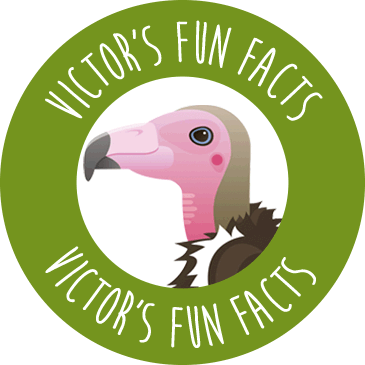
We are delighted to share the fantastic news that Hawk Conservancy Trust Chairman, Scott Jones, has joined our 2025 fundraising challenge! Training to face the New Forest 10k Trail Run on November 15, Scott joins colleagues from around the Trust teams taking on physical challenges this year to raise funds for our work conserving Kestrels.
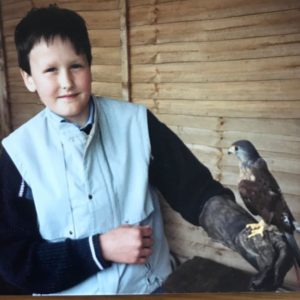
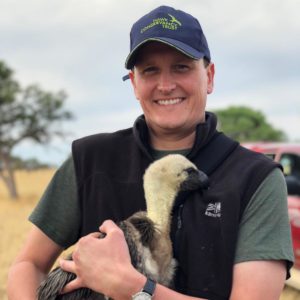
“I first visited the Hawk Conservancy Trust when I was twelve years old. I remember this day as the moment I properly, head over heels, truly madly deeply, fell in love with birds of prey.
As a child, I had been very unwell. This unfortunately included a six-month long stay in hospital when I was just nine years old. Growing up, my family did not have a lot of money – our finances were stretched. At the time, my lovely dad had enough to buy me two bird of prey books from a charity shop, and I was transfixed. One species in particular caught my eye – the beautiful Kestrel. I fell in love.
Visiting the Trust was a true turning point. I could finally see the birds from my books in front of my very eyes, in the flesh. Seeing them so close bought everything to life, and watching them fly so I could see their shape and movement was so impactful.
I was lucky enough to hold one of the resident Kestrels at the Trust on my very first visit, which one of my parents snapped a photo of. It’s really special to see this image now – I look at my face and see how lost in the beauty of this bird I was (and still am!). I did not know it at the time of course, but this day changed everything. It was a turning point for me during this period of my life; it gave me confidence, purpose and was a transition into a happier place. To this day, I still have those books my dad bought for me, and I still have the Trust.
There are too many reasons to list why Kestrels are my favourite bird of prey, but I will try. Their beauty and elegance is up there; the colour of a male Kestrel’s head plumage is a wonder of the natural world. The sheer determination of a female Kestrel bringing up her young. The fact you can go to a cliff top, in the middle of a gale, and this delicate-looking bird will be hovering into the wind is just mesmerising. I could go on.
Over the past few years, as the cost-of-living crisis has developed and the world has become a more turbulent place, conservation has understandably, but sadly, slipped down the priority list. The challenges the world faces through are in my opinion, greater than ever. When I was little, Kestrels were a huge part of the national landscape. They were the “holiday” bird for me in the 1980’s – by this I mean that you always saw them when you went on a family holiday, hovering by the motorway.
They are now Amber listed in the UK, and you see them less and less frequently. Sometimes I can go weeks without seeing them. We need to reverse this worrying trend.
At the Hawk Conservancy Trust, we have a world class Conservation and Research department, and we can play a part in protecting this species. Kestrels will not disappear from the UK landscape, but they are increasingly being driven to the margins. I want every child to get the chance to love them as their “holiday” bird as I once did, and still do to this day.
The feeling I felt on that very first visit, seeing Kestrels and other birds of prey fly right in front of me, is something I see happen to many visitors and young children when they come for a day out at the Trust. My favourite thing about visiting is seeing how close we bring people to nature, and the joy that we spark.
Becoming Chairman for the Trust, well, I cannot believe how lucky I am. It makes me so proud to represent the Trust. If in a small way. I can help steer us forward in our mission to conserve birds of prey and their habitats by running in this year’s fundraising efforts, then that would be a huge personal success for me.”
Kestrels are declining at an alarming rate in many parts of the UK. The reasons for this are unknown, and until we can figure out why, this iconic British species could be at risk of disappearing from our landscape. We are working hard to discover the reasons behind the Kestrel decline, and are about to start working with methods never before used in Britain. With your help, we can carry out this vital scientific research and put conservation actions into place to help this species.
By making a donation, you’ll be directly helping to support this species by funding:
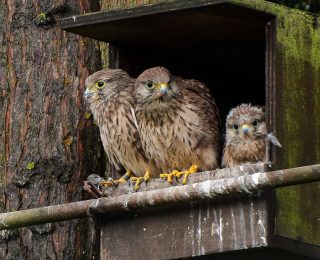
Since the mid-20th century, habitat loss and declining nest-site availability have threatened Britain’s cavity-nesting birds of prey: Barn Owls, Tawny Owls, Little Owls, and Kestrels. Since 2008 the Trust has installed over 1600 nest boxes across southern England to boost breeding opportunities. Whilst installing, fixing and checking nest boxes, our British Projects Manager Dr. Matt Stevens fits chicks with BTO (British Trust for Ornithology) rings and takes measurements as well as recording how many chicks successfully fledge.
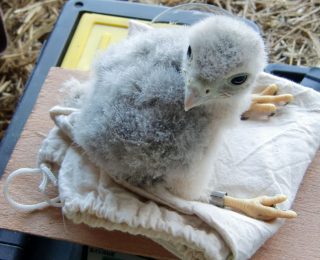
Our Kestrel Conservation Monitoring Project investigates the decline in Kestrel populations such as habitat loss, reduced prey, and lack of nesting sites. The project uses over 450 nest boxes, colour-ringing, line-transect surveys, and GPS tracking to monitor Kestrel populations, breeding success, movement, and habitat use.

The Kestrel Colour-ring Project aims to gain insights into Kestrel biology, particularly the movements of juvenile Kestrels after fledging. Since 2015 we have fitted approximately 340 Kestrels with blue colour-rings, and we continue this in the breeding season each year. Each ring has a unique alphanumeric code, which allows identification of the individual bird. Establishing the current locations of ringed birds allows us to determine how far the birds have moved since they were ringed.
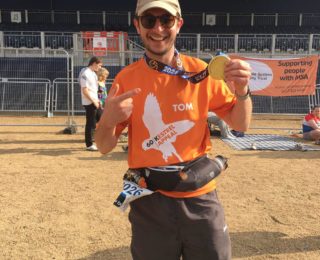
Throughout 2025, members of staff from all across the Hawk Conservancy Trust team are coming together for a mega fundraising challenge! From running marathons to taking on assault courses, our aspiring team will be taking on different physical challenges to test their strength, stamina and endurance.
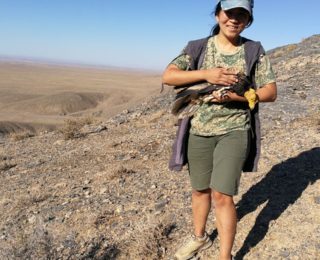
The Trust’s mission is the conservation of birds of prey and their habitats. For more than 60 years, we have worked in the fields of conservation, education, research and rehabilitation. The threats facing bird of prey populations around the world are numerous, and a majority of species are at risk. The Trust runs and supports Conservation and Research projects both in the UK and overseas.
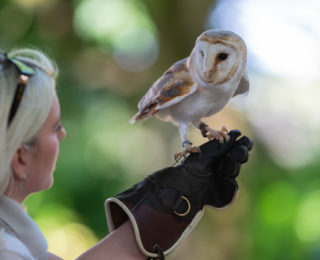
Birds of prey around the world need your help. As top predators, birds of prey are a vital indicator of the health of the environment. Understanding how best to conserve them is paramount to conserving our planet for future generations. Your support helps us to continue our vital work to conserve bird of prey species and their habitats.
